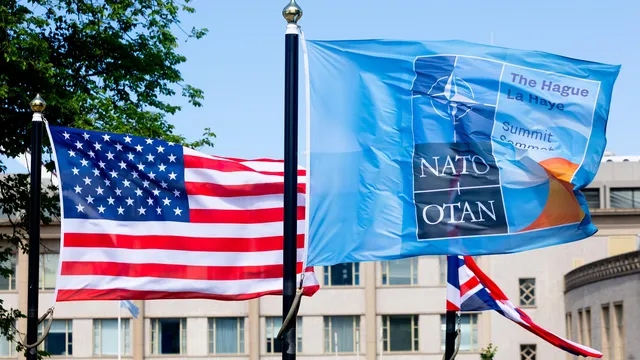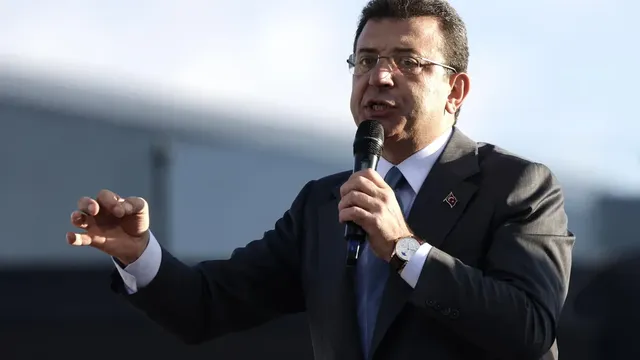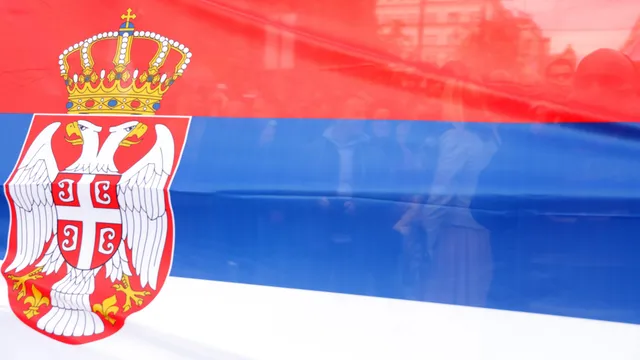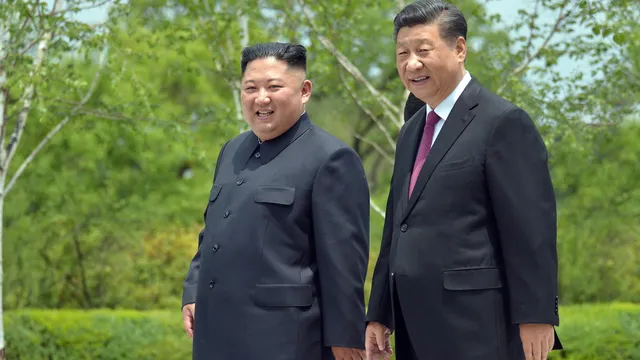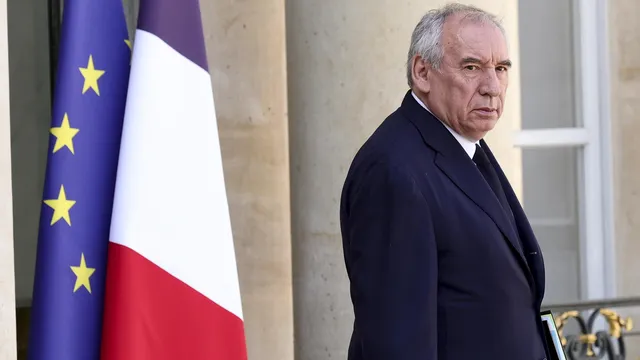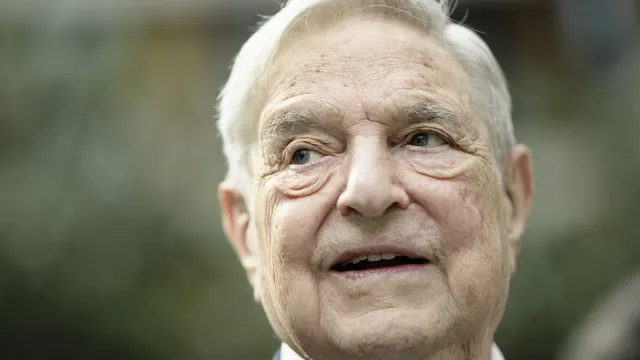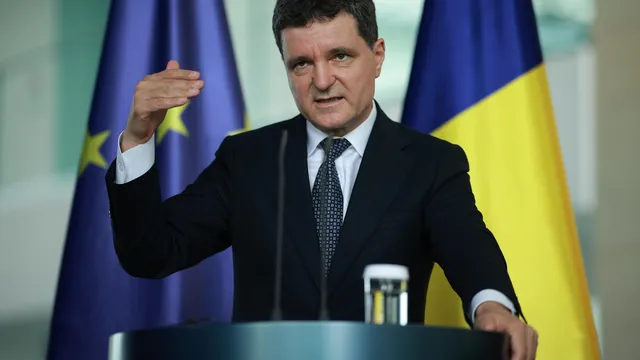NATO leaders will gather in The Hague on June 24 and 25 with one key question: Will they be able to agree on a new defense spending target of 5% of GDP?
However, the focus will be on US President Donald Trump.
If he shows up, that is.
Speculation that he may skip the meeting is growing, although most NATO sources believe he will attend.
The summit has been organized primarily to appease the US leader and avoid any signs of discord within the club.
There are still fears that it will be a repeat of the scandalous NATO meeting in Brussels in 2018, when Trump – then at the beginning of his first term – threatened to withdraw the US from the alliance if European countries and Canada did not significantly increase their defense spending.
Since then, most allies have increased their spending, with most now reaching the 2% of GDP target agreed in Wales in 2014 – spurred on by US pressure and the war in Ukraine.
What was supposed to be a three-day meeting in the Netherlands has now been reduced to a formal dinner with the spouses of the heads of state, hosted by the Dutch king in one of the city's royal palaces on June 24, followed by a working session of the North Atlantic Council (NAC) the next day – a meeting that is not even expected to last three hours.
And that's it.
At the NAC meeting, leaders will agree on the so-called Hague Declaration, RSE reported.
The document has not yet been finalized, but earlier drafts indicate that it will be very short.
While previous texts from summit meetings ran to several pages and covered all kinds of political issues, this one may have only five paragraphs.
Last year, it had 38 paragraphs with an additional six-point annex outlining security assistance for Ukraine.
The key issue is the 5% defense spending target and when it should be achieved.
Spain opposes the spending target
Spanish Prime Minister Pedro Sánchez has already sent a letter to NATO Secretary General Mark Rutte ahead of the meeting, saying the target is unreasonable and asking for an exemption for Madrid.
Just before the summit, Rutte gave Spain some flexibility to achieve the target.
The 5% target proposed by Rutte includes 3.5% for “hard” military spending on capabilities such as missiles, helicopters, and fighter jets.
The remaining 1.5% is earmarked for “resilience” — a deliberately vague term for most member states, as these expenditures can include almost anything.
However, most will likely spend it on infrastructure to improve military mobility. This could also include aid to Kiev, as the draft document notes that “allies confirm their commitment to provide support to Ukraine and, to this end, will include direct support for Ukraine's defense and defense industry in their calculations of defense spending.”
Disagreements remain on the deadline for achieving the 5% target.
Apart from the US, Estonia, Latvia, Lithuania, and Poland, few are satisfied with 2032 as the deadline, simply because they believe it is impossible to meet it.
It now appears that the target will instead be 2035.
In any case, the declaration will include a reference to a review of the target in 2029.
It has not escaped NATO representatives that this date is one year after the next US presidential election, although they were quick to insist that it is simply the midpoint between now and 2032.
To the relief of European allies, the draft declaration contains a reference to NATO's mutual defense clause – Article 5 – amid continuing concerns that Washington is not truly committed to coming to the aid of the other 31 allies if they are attacked.
The text also mentions Russia as a “threat” to Euro-Atlantic security.
The document will also refer to transatlantic industrial cooperation, a sign of Washington's interest in ensuring that American companies also benefit from European defense spending.
In addition, it is revealed that the next summit will be held in Turkey, followed by a meeting in Albania.
Turkey has long sought to host a NATO summit, but several alliance members have opposed this for years due to the ongoing repression of the Turkish opposition. Now, with Ankara's growing geopolitical influence – from the Middle East to Ukraine – this ambition will finally be realized in 2026.
Ukraine's membership?
Another major uncertainty is how important a place Ukraine will occupy at the upcoming summit.
Kyiv's desire to join NATO was a major topic at the Vilnius summit in 2023 and again in Washington a year later, but talks on the issue have stalled since Trump publicly rejected the country's chances of joining.
The draft texts from The Hague make no mention of Ukraine's potential membership, with some NATO diplomats saying on condition of anonymity that they believed it was better to say nothing than to include a watered-down version of the wording from the Vilnius and Washington communiqués, which at least promised future membership.
As no official NATO-Ukraine Council (NUC) meeting is scheduled for the leaders' summit, NATO foreign ministers will hold a kind of compensatory NUC dinner on June 24 in the presence of their Ukrainian counterpart Andriy Shevchenko.
Ukrainian President Volodymyr Zelensky has been invited to The Hague and is expected to attend the official dinner for leaders, which will also be attended by NATO's Indo-Pacific partners—Australia, Japan, New Zealand, and South Korea.
Zelensky may also take part in some side events at the summit, such as the NATO Defense Industry Forum. A “mini-summit” on Ukraine with Rutte and other European leaders may also take place after the official NATO meeting. |BGNES

 Breaking news
Breaking news
 Europe
Europe
 Bulgaria
Bulgaria
